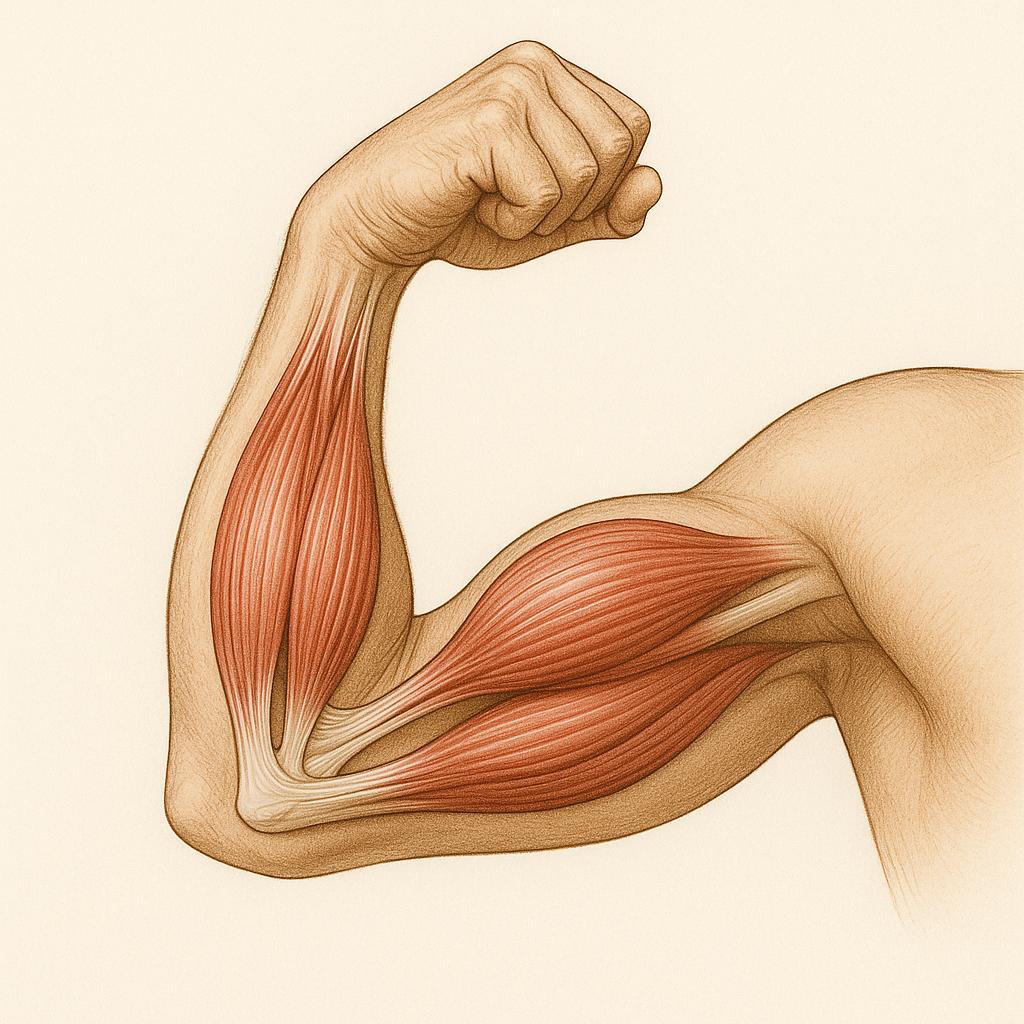Yes, flexing (isometric muscle contractions) can build muscle—especially for beginners and in rehabilitation scenarios—but it’s not as effective as traditional weightlifting for serious muscle growth. Flexing stimulates your muscles by tensing them without movement, which can increase strength and size to a limited extent. Understanding how and when flexing works can help you maximize your results, protect your joints, and use this technique wisely in your fitness routine.
Read on to discover exactly how flexing impacts muscle growth, who benefits the most, and how to safely add isometric training to your workouts. We’ll cover the science, practical steps, and key differences compared to dynamic resistance training.

For official exercise guidance, refer to the American College of Sports Medicine guidelines or the Mayo Clinic’s isometric exercise FAQ.
What Is Flexing? Understanding Isometric Muscle Contractions
Flexing refers to tensing a muscle without changing its length or moving the joint—known as an isometric contraction. This type of contraction is different from the usual “lifting and lowering” movements (isotonic contractions) used in most exercises.
- Example: Holding a bicep pose, squeezing your quads, or pausing mid-plank.
- Science: During flexing, your muscle fibers generate tension, increasing metabolic stress and neural activation, but there is no joint movement.
Why Does This Matter?
Understanding isometric contractions helps you target weak points, boost mind-muscle connection, and maintain strength when movement is limited—such as during injury recovery.
Does Flexing Actually Build Muscle?
Yes, flexing can build muscle, but results depend on your training level and approach.
- For Beginners: Recent research published in Frontiers in Physiology (2023) found that beginners performing isometric biceps holds (5 sets of 10 reps, 4-second holds, 3x per week for 12 weeks) experienced a 4–6% increase in muscle size and notable strength gains (source, 2023).
- For Experienced Lifters: Progress tends to plateau quickly. Isometrics help maintain strength but offer limited hypertrophy once you’re trained (honehealth.com, 2023).
Why Flexing Works (But Has Limits)
- Flexing (isometric training) increases muscle activation and can cause hypertrophy, especially in untrained individuals or during rehab.
- However, traditional resistance training (lifting weights) is far superior for building size and strength. It recruits more muscle fibers, increases load, and provides both eccentric (lengthening) and concentric (shortening) contractions.
Bottom Line:
Flexing helps beginners, those recovering from injury, and anyone looking to boost muscle “mind-muscle” connection. But if your goal is serious muscle growth, weightlifting remains the gold standard.
Benefits of Flexing: More Than Just Muscle Growth
Isometric flexing offers unique benefits:
- Safe for joints: Low impact, making it ideal for rehab or injury prevention (Mayo Clinic, 2024).
- Improved mind-muscle connection: Increases awareness and muscle control, useful for athletes and bodybuilders during posing.
- Time-efficient: Can be done anywhere, no equipment required.
- Blood pressure support: Regular isometric exercise may help lower blood pressure in adults (Harvard Health, 2023).
How to Use Flexing Effectively for Muscle Growth
To maximize muscle gains with flexing, follow these expert tips:
1. Add Isometric Holds to Your Workouts
- Hold flexed positions at the peak of exercises (e.g., pause at the top of a biceps curl).
- Squeeze muscles hard for 5–15 seconds.
2. Try No-Equipment Flexing Workouts
- Perform muscle poses or “static holds” (such as wall sits, planks, or standing quad flexes).
- Start with 3–5 sets of 10–15 second holds per muscle group, 3–4x per week.
3. Combine With Traditional Lifting
- Use flexing between sets to boost activation.
- Focus on progressive overload in your main lifts for the best results.
4. Don’t Overdo It
- Isometric training is safest as a supplement, not a replacement for dynamic resistance training.
- Avoid holding your breath during long holds (use the Valsalva maneuver carefully).
Common Questions About Flexing and Muscle Gain
Does flexing alone replace weightlifting?
No—while flexing can help build some muscle, especially for beginners, it doesn’t replace the benefits of full-range, loaded exercises.
How long should you flex for muscle growth?
Hold each flex for 5–20 seconds, repeat for 3–5 sets per muscle group. Consistency over weeks is key for results.
Is flexing safe for everyone?
Generally yes, but check with a healthcare provider if you have heart or blood pressure issues before starting intense isometric programs (Mayo Clinic).
Conclusion
Yes—flexing builds muscle, especially for beginners or during injury recovery, but it works best as a supplement to traditional weight training. Use it to activate muscles, fill in gaps when you can’t lift, and support healthy joints. For optimal gains, pair flexing with progressive resistance exercises and stay consistent.
